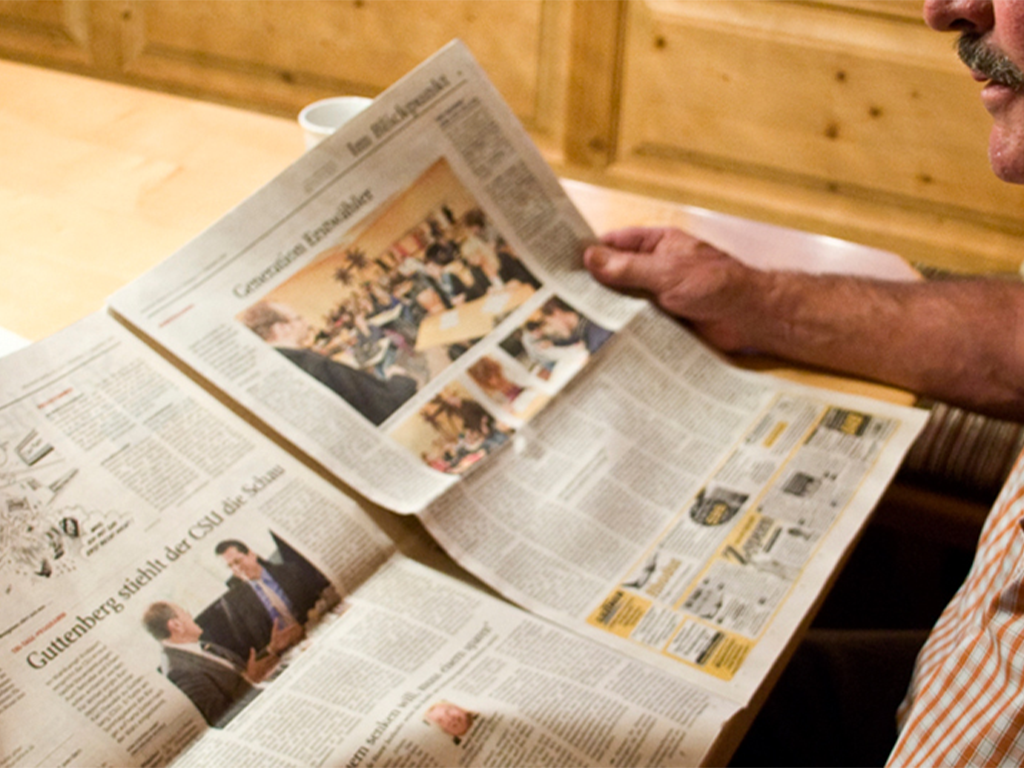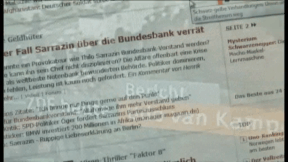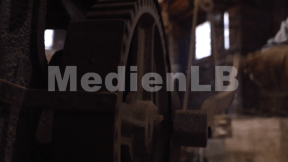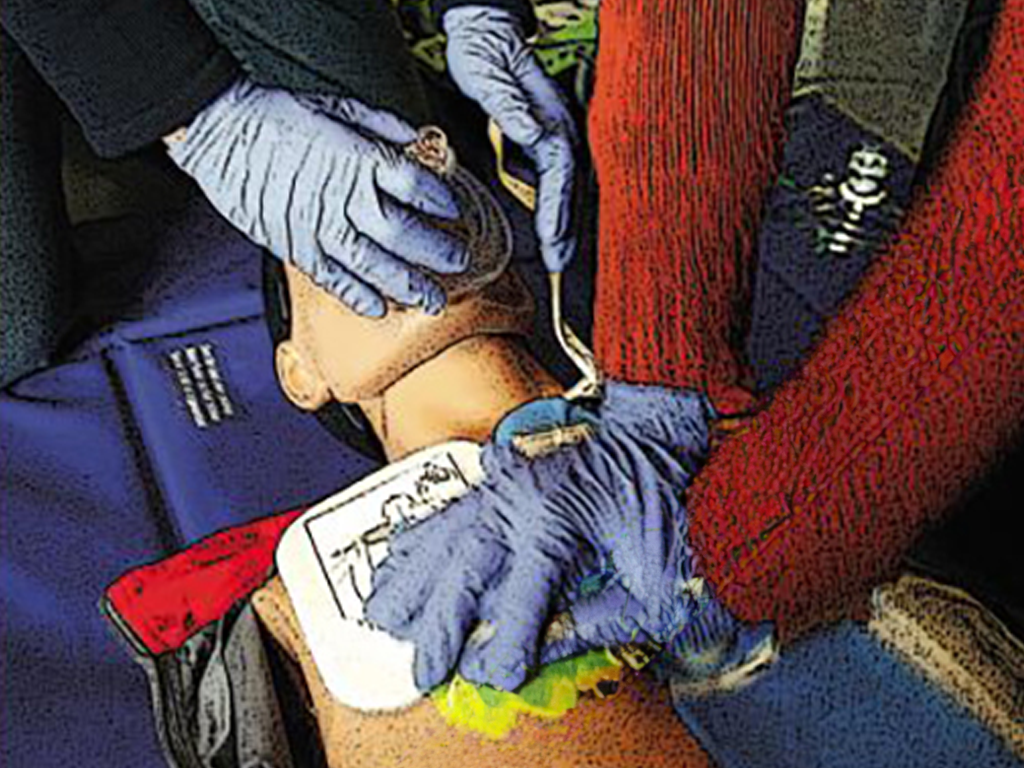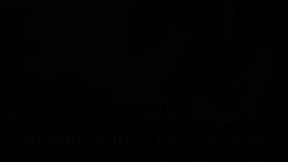 Biology
Biology
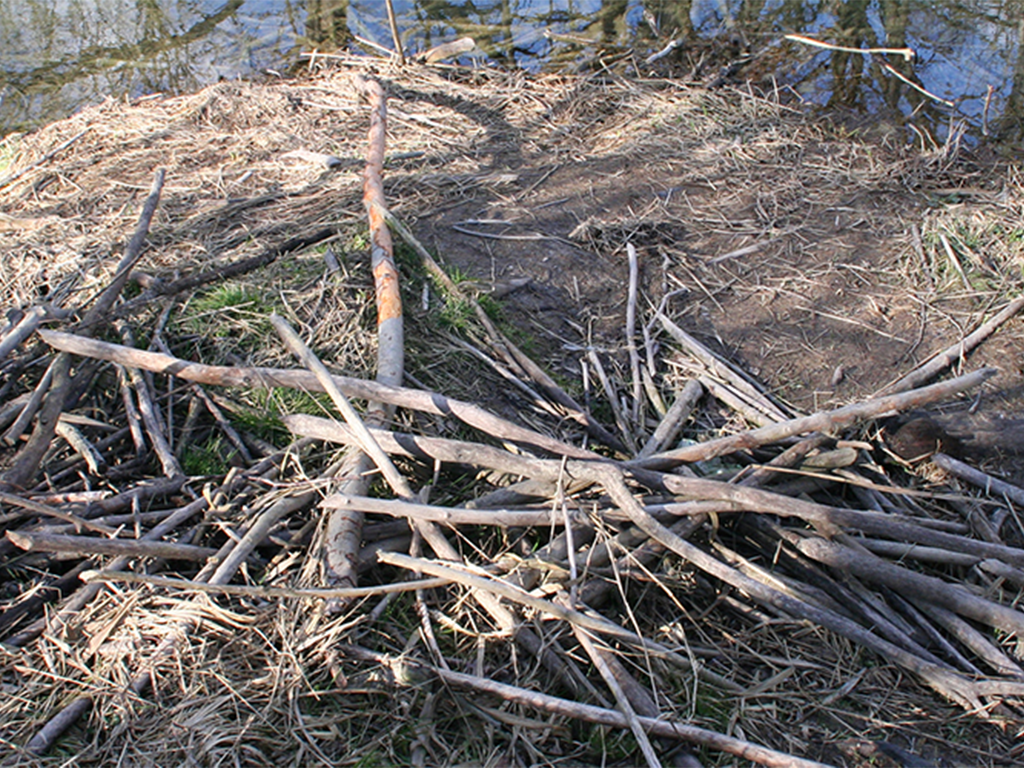

4657334 / 5551731
The Beaver
A Returnee to Our Contryside
Natural river and lake areas are becoming increasingly rare. With expensive measures to restore them to their natural state, efforts are being made to recreate them. Here, an animal may be helpful: the beaver. After it was exterminated in Germany in the 19th century, today about 15 000 specimens live here again thanks to the reintroduction of the beaver during the 1960s. Many people, however, have never caught sight of this shy nocturnal rodent, yet. The DVD first describes the beaver (in particular its adaptation to life in water) and zoologically classifies it. Then the beaver family and their social behaviour and habitat are introduced. The beaver constructions (beaver dam and beaver lodge) are illustrated as well as its territory and its purely vegetarian diet. Subsequently, both its extermination and its reintroduction as well as present-day problems are looked into. But primarily the film shows the beaver to be a valuable, natural architect of landscapes.
Play trailer
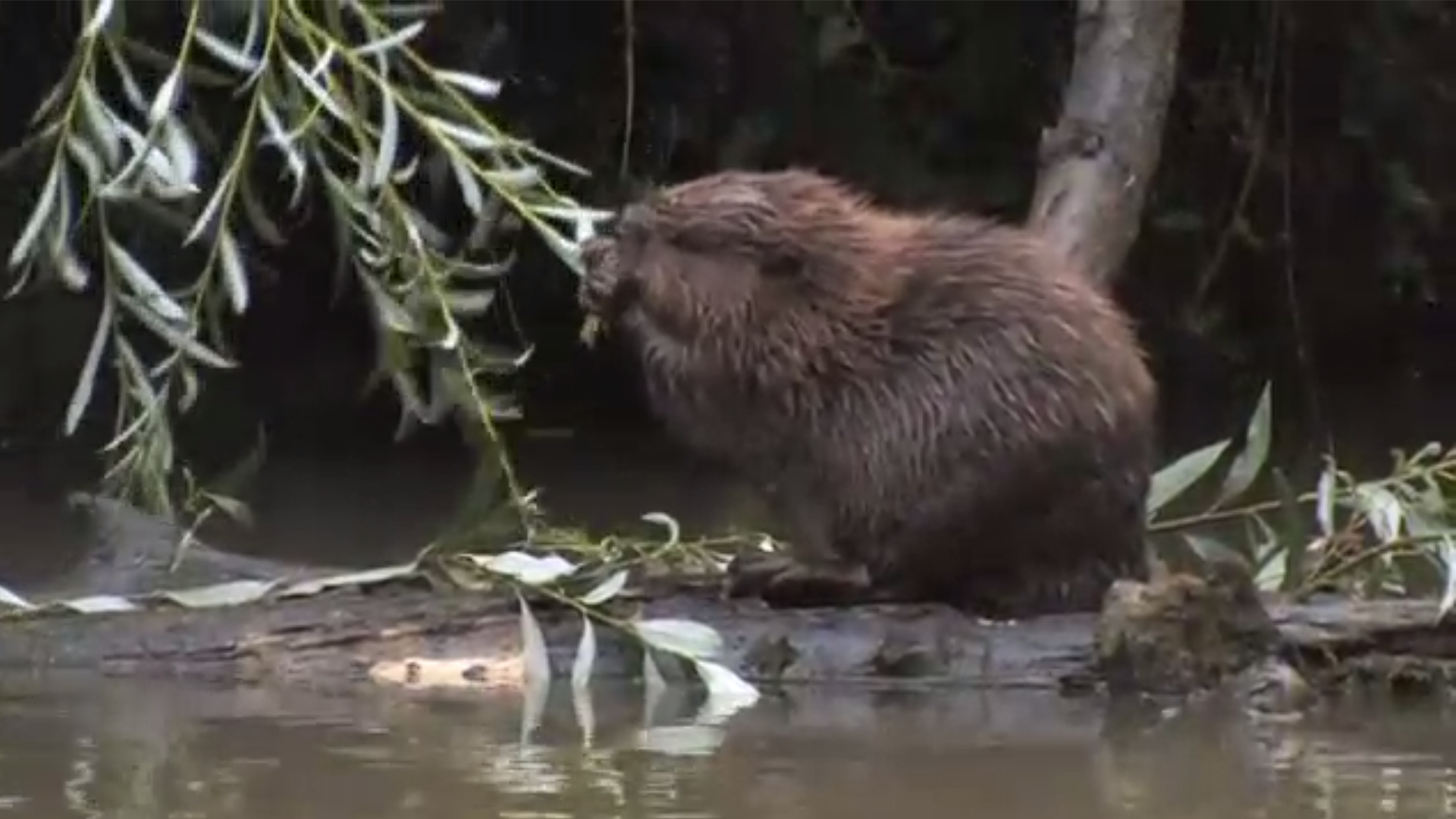
Curriculum-centred and oriented towards educational standards
Matching
The Daily Newspaper
Every day, there is a surge of news reaching us via different news channels. In spite of TV and Internet, the daily paper still is one of the most important main sources of news. But how is a newspaper created? The film shows the production of a paper in the course of one day. Starting with the editorial meeting in the morning, in which the topics and deadlines are determined, the film accompanies a journalist during her research work. You can see how a journalistic interview is conducted and what the photographer must consider when taking a press photo. Back in the editorial office, the editor’s work is illustrated, which includes the page layout and the writing of an online article in today’s time. Impressive pictures from the printing centre depict the process from the digital page to the finished newspaper. Together with the comprehensive accompanying material, the DVD is perfectly suited for use at school
Seal of approval
Quality seals such as the "Bio-Siegel", "Blauer Engel", "Stiftung Warentest" and up to 1,000 other seals represent characteristics such as sustainability, health or safety with regard to a product, a service or even a company.




